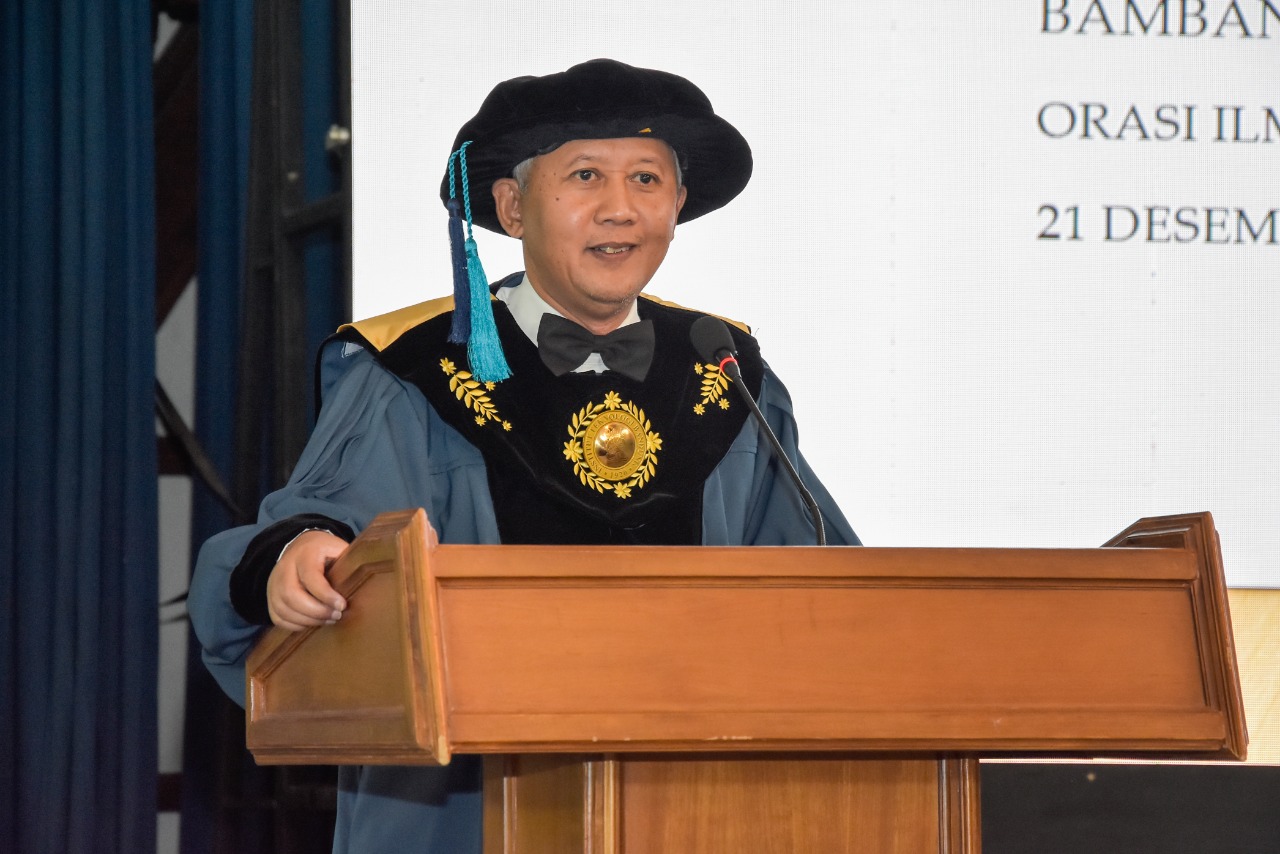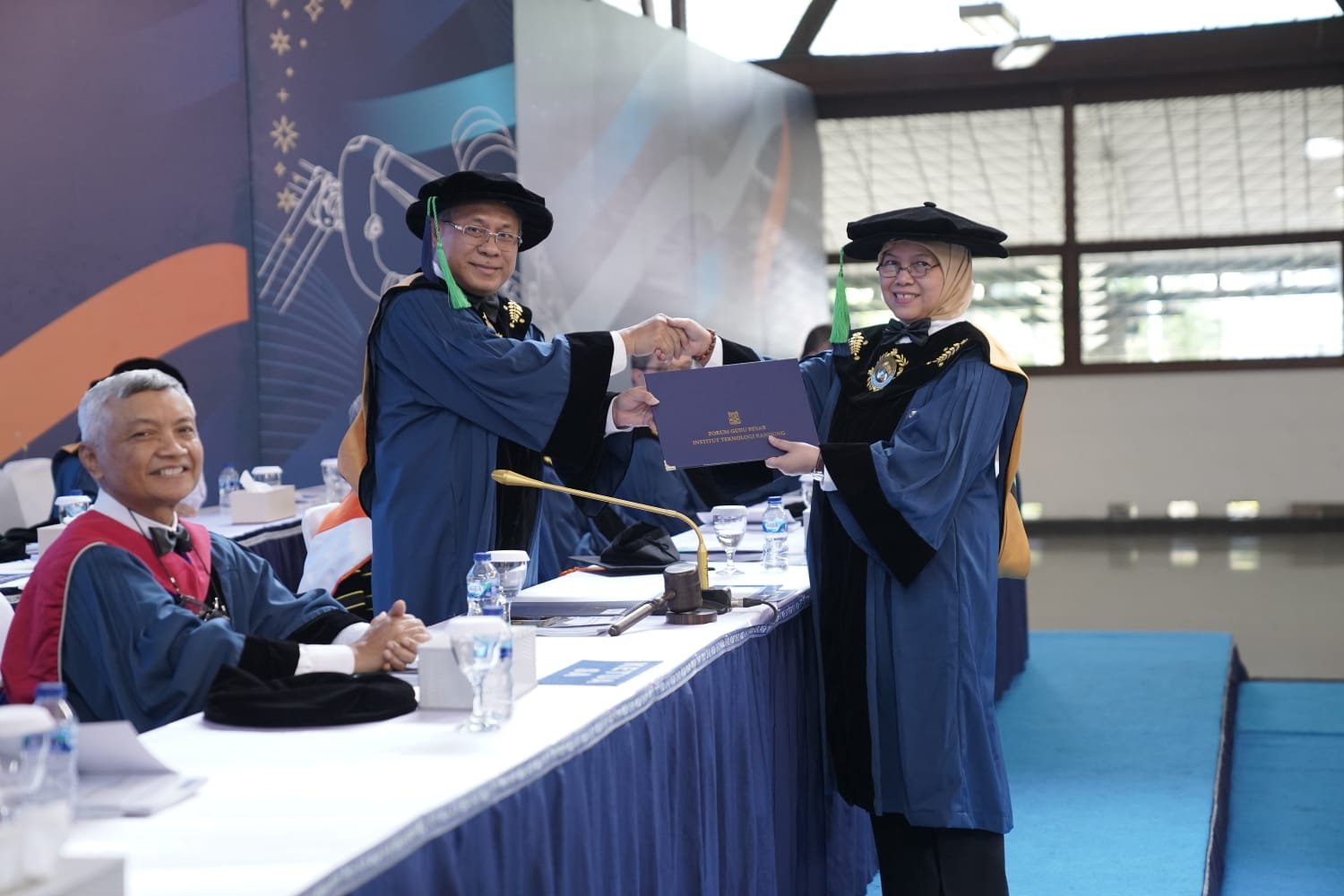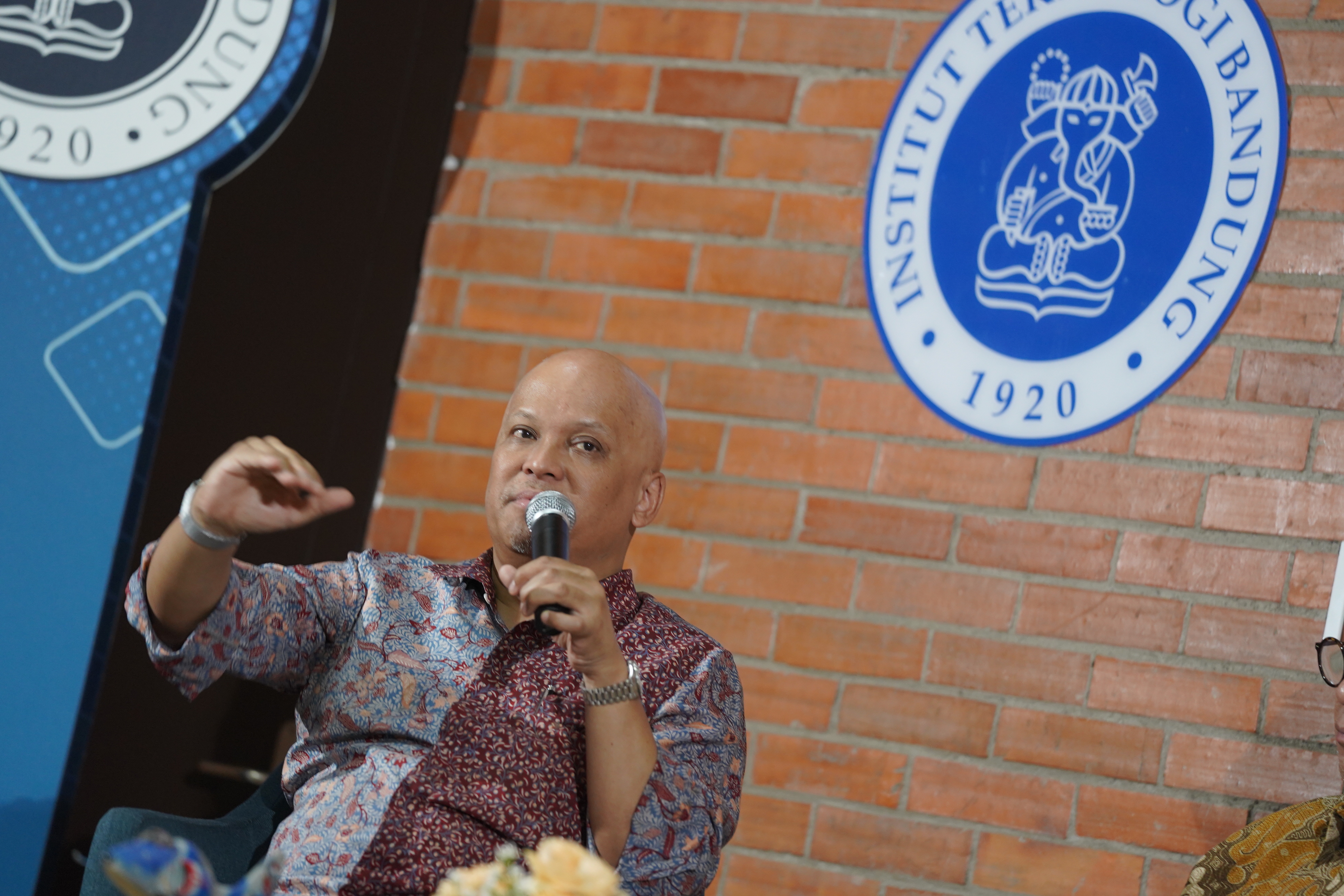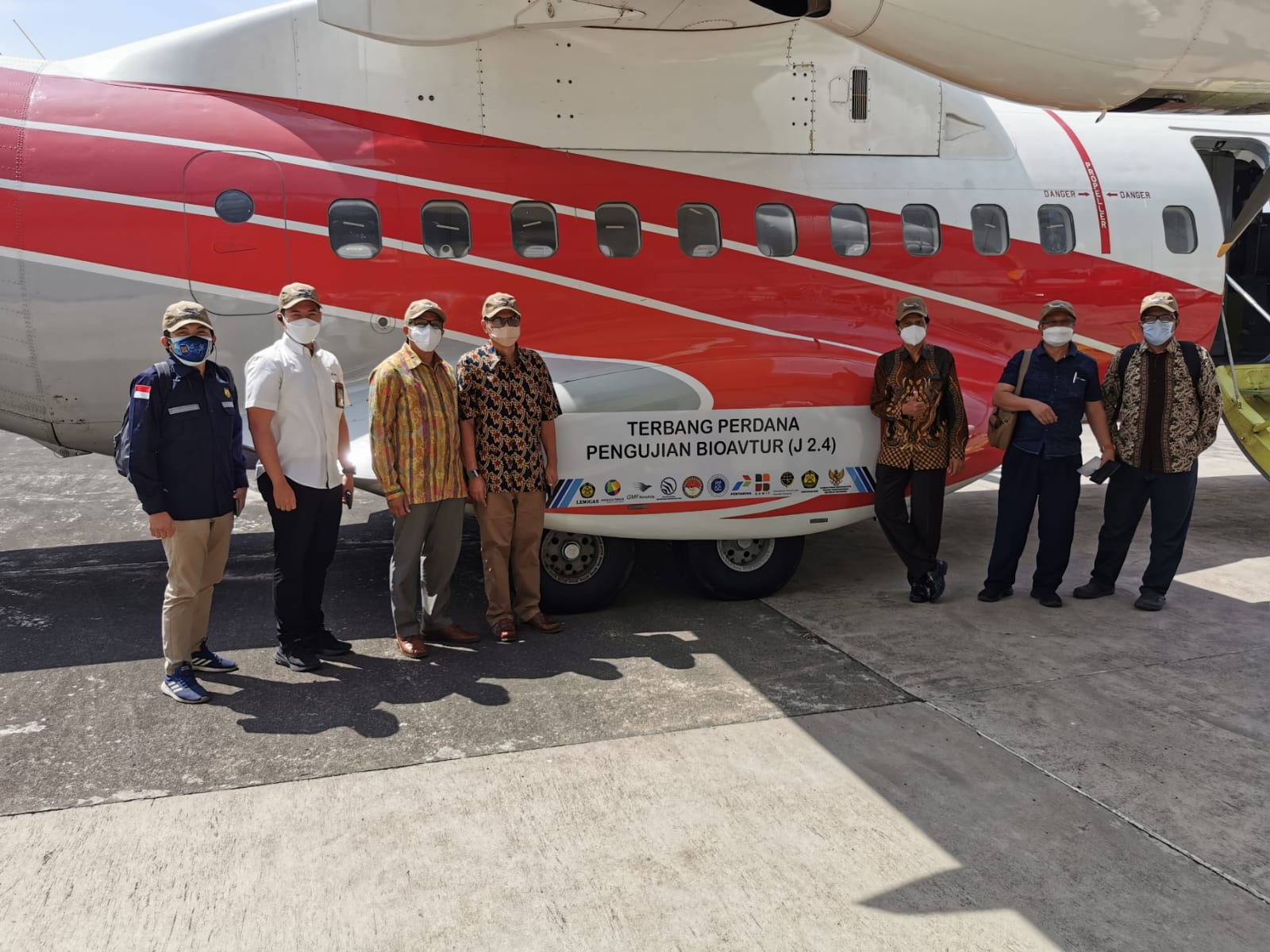Challenges and Opportunities for the Use of Composite Materials in Airplane Structure
 *Courtesy of e-Learning of ITB
*Courtesy of e-Learning of ITB
*Courtesy of e-Learning of ITB
BANDUNG, itb.ac.id – A professor in Faculty of Mechanical and Aerospace Engineering of ITB (FTMD-ITB) Prof. Bambang Kismono Hadi delivered his study titled “Challenges and Opportunities for the Use of Composite Materials in Airplane Structure” on Saturday (21/12/2019) at Aula Barat of ITB. He conveyed that the opportunity for composite materials in airplane structure is massive, hence manufacture industry engaged in the aerospace field must take advantage of the moment.
Prof. Bambang explained that composite is a combination of two or more materials which are macroscopically mixed with the aim of obtaining better properties from the former. Generally, the main ingredients forming composite materials are reinforcement (fiber) and binder (matrix). Composite materials itself have been used by humans since thousands of years ago.
“Optimum and efficient structure can only be obtained with composite materials. The discovery of fiber glass in 1935 and carbon fiber in 1958 is significant point in the field of materials. Carbon, which fiber is strong and lightweight, is a revolution in the field of composite,” he said.
Application of Composites in Airplane Structure
Initially, application of composites is done to military airplanes up to 75% of the total weight. Now, commercial and transport airplanes also use composite materials. “Currently, Boeing 787 Dreamliner for example, apply composite materials up to 50% of the total structure. This 50% percentage is the highest for a modern airplane,” he explained.
Prof. Bambang said there are two composite structures used in aerospace sector in general. First, sandwich structure which has two strong top-down plates and lightweight and soft core structure. It makes the structure lightweight and has high sturdiness. However, sandwich structure has light and soft core that might cause buckling and wrinkle.
“Therefore, the thickness of the core structure can be adjusted to avoid buckling and wrinkle on specific pressures,” said the professor in Lightweight Structure Research Group.
Research on Composites
Prof. Bambang said that at this time there have been further researches on composite structures that support aerospace field. One of them is the net-like anisogrid structure. The structure has been extensively studied in Russia and East Europe for use in structure of fighter aircrafts. This structure will increase torsional rigidity and thereby avoid flatter.
In addition, biomimetic, a study about the structure of a material from nature, is also conducted. For example is bamboo-based structure which he is currently studying. “Bamboo is unique in that it is strong but soft enough to deal with shear stress. Hence, we are studying to make cylindrical sandwich structure on bamboo,” he said. Besides bamboo, biomimetic is also conducted to the outer wing of the xylotrupen gideon beetle.
Challenges and Opportunity for Composites
One of the challenges today is the price of composites. Prof. Bambang said that carbon fibers are more expensive than aluminum. Hence, to be able to compete, it must reduce production costs, assembly costs, and operating costs. Nevertheless, the opportunity of composite materials in the field of aerospace is massive.
"Opportunity for use of composites in transport airplanes today are seen such as in Airbus A380, Airbus A350, Boeing 787 and Boeing 777, which use a total of 13,672 tons of carbon fiber annually. The need for carbon fiber is massive and it is projected that in the future there will be a shortage of supply to meet demand. I think this opportunity should be seen by aviation manufacturing industries such as PT. Dirgantara Indonesia to compete in world market, "he concluded.
Reporter: Billy Akbar Prabowo (Metallurgical Engineering 2016)

scan for download








